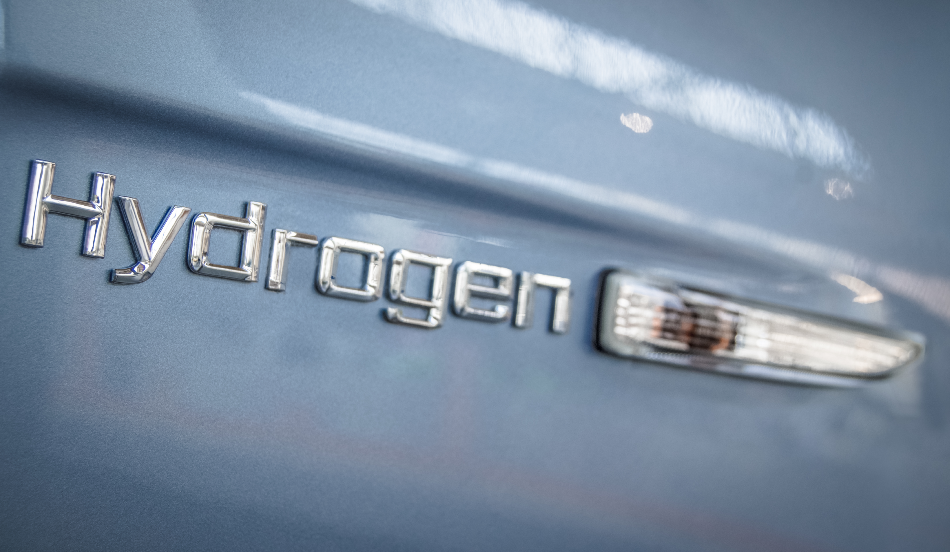
Mr Doomits / Shutterstock
The name ‘water-powered’ cars is misleading. The power to move the vehicle actually comes from the burning of hydrogen, which is derived through electrically splitting water molecules into hydrogen and oxygen gases through electrolysis. In burning the hydrogen gas water vapor is produced, meaning that the combustion is clean, which is why it is of interest to the automotive industry who are striving to adopt cleaner technologies.
The water-powered car has long been shrouded in skepticism and controversy ever since it was invented. Many scientists believe that the energy it takes to split hydrogen from water outweighs the energy output you get from the hydrogen combustion to power the car. Therefore the energy you expend to split the water may as well be used to power the car, in other words, you may as well look to electric vehicles.
Water Fuel Cell
Stanley Meyer claimed to have invented a water fuel cell that used less energy to power the electrolysis to split hydrogen from water than conventional science would dictate. However, in 1996 an Ohio court found these designs to be fraudulent. There was nothing revolutionary about his invention, the cell was using conventional electrolysis, and while his invention is now in the public domain, no vehicle manufacturer has yet tried to copy his work.
The bottom line is that the draw of the water-powered car is that in theory, the technology is clean. It offers a way to power vehicles by putting in only water and emitting only water vapor. However, the electrical current required to perform electrolysis is a factor that cannot be ignored. There have been no legitimate designs to perform electrolysis using less energy which would make the water-powered car viable.
Some researchers have designed cars that sit between water-powered cars and traditional gasoline-powered cars. They’ve discovered that a H2 (ionized hydrogen) and gasoline mix can increase fuel energy. This ionized hydrogen can also be used on its own to power cars, which is the case in water-powered cars which produce ionized hydrogen through processing it with pulsed electricity. However, the concerns are that continuing to process this ionized hydrogen can produce radioactive hydrogen gas.
Water-Powered Cars: Past and Present
There have been several carmakers who have attempted to make the water-powered cars work over the years. The most recent attempt was made by nanoFlowcell AG, a Swiss-French company who unveiled a water-powered car line in 2015. The company is still running even though they have faced much negative criticism and skepticism. The cars produced by nanoFlowcell AG don’t burn HHO gas, they run on a flow system that uses electrolysis to power a fuel cell. The car is still considered water-powered, although it is different from the initial designs of Meyer.
The problem with water-powered cars isn’t with using hydrogen to power the vehicle, the problem remains in how to attain this from water, in the car, while not having to expend huge amounts of energy in electrolysis. Cars can actually run perfectly fine on hydrogen in place of gasoline! Some future developments are focused on storing surpluses of energy produced from renewable sources such as hydrogen, by using the unused energy to power electrolysis and using this hydrogen to power vehicles.
The future for water-powered cars is uncertain, there still needs to be a revolutionary step forward in their design in order to make them truly clean and viable for widespread adoption. It’s been many years since the technology was first considered, but we have yet to see any car manufacturer come close.
Hydrogen-Powered Vehicles
Hydrogen-powered vehicles, on the other hand, may offer a way to power our cars with clean energy in the future. Whilst some big industry players remain skeptical, Elon Musk, for example, famously opposes the idea that they will disrupt the automobile industry, claiming that “success is simply not possible”, others back hydrogen fuel cell technology, with some studies revealing that they outperform battery-powered electric vehicles.
Source
Disclaimer: The views expressed here are those of the author expressed in their private capacity and do not necessarily represent the views of AZoM.com Limited T/A AZoNetwork the owner and operator of this website. This disclaimer forms part of the Terms and conditions of use of this website.